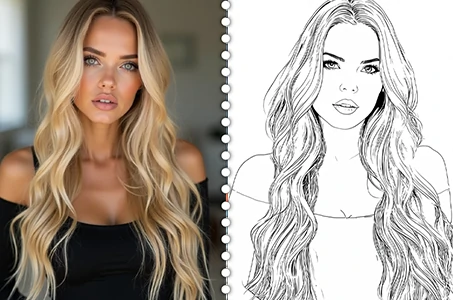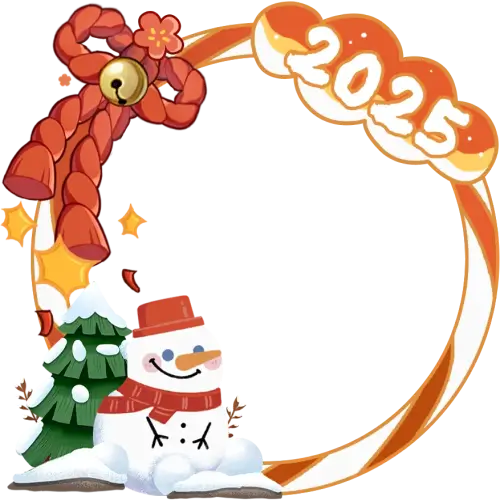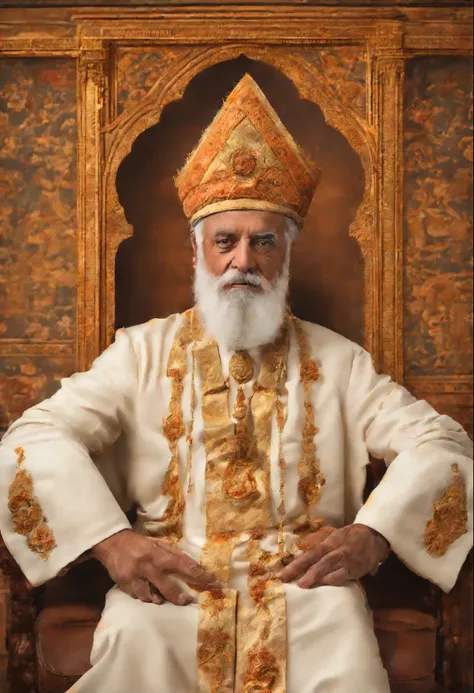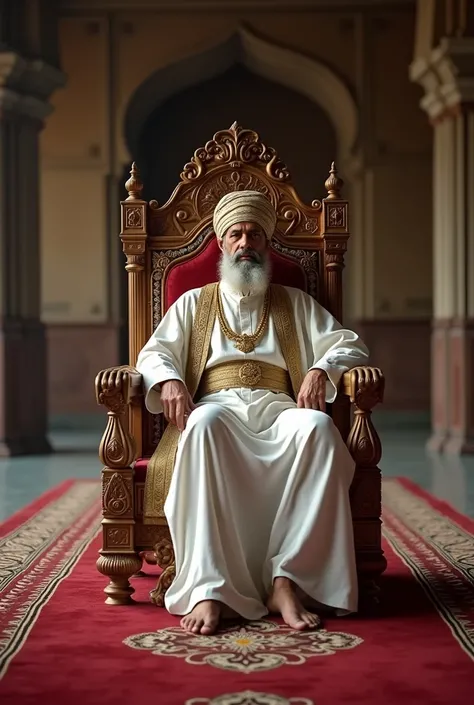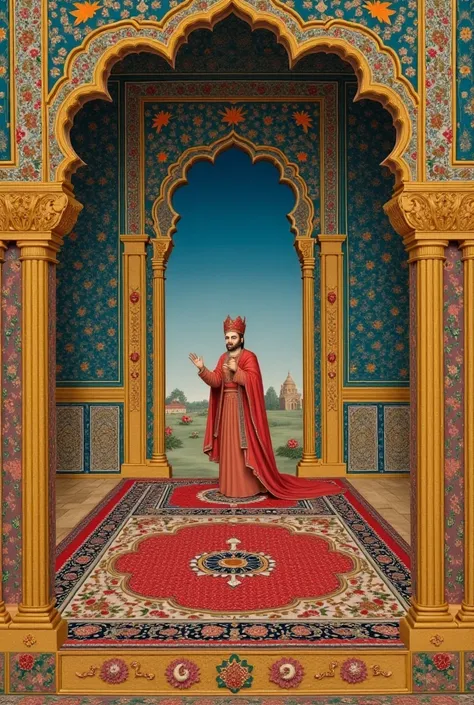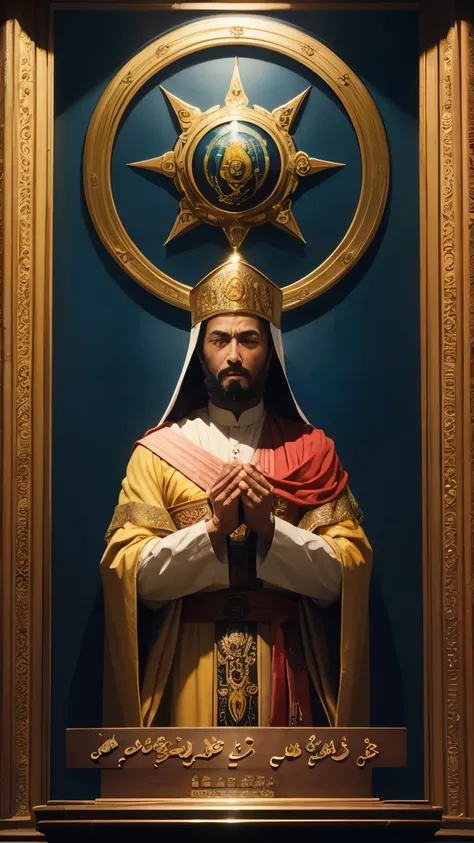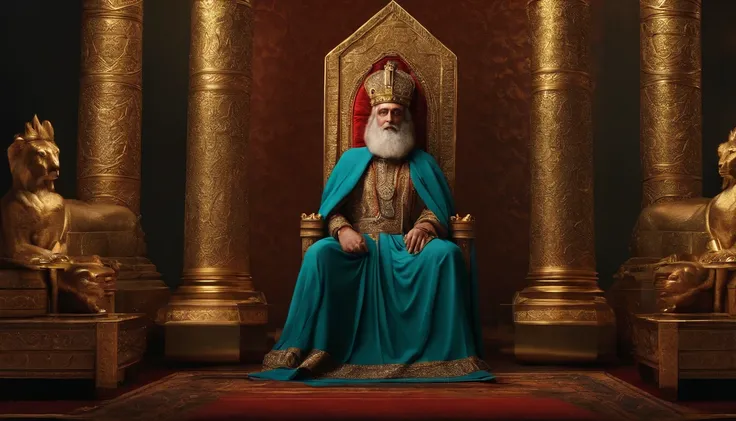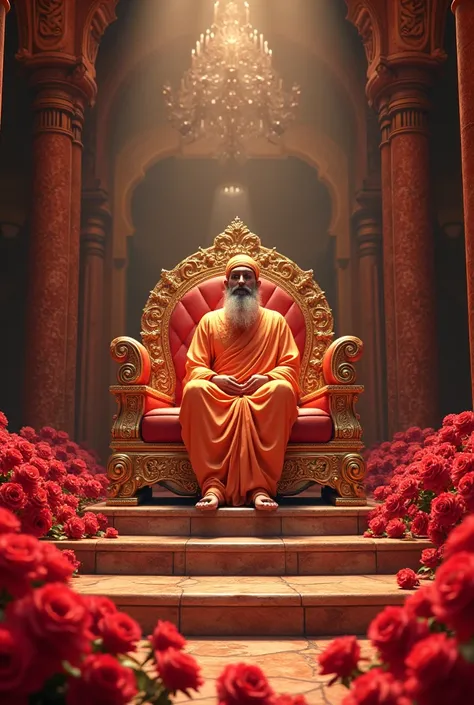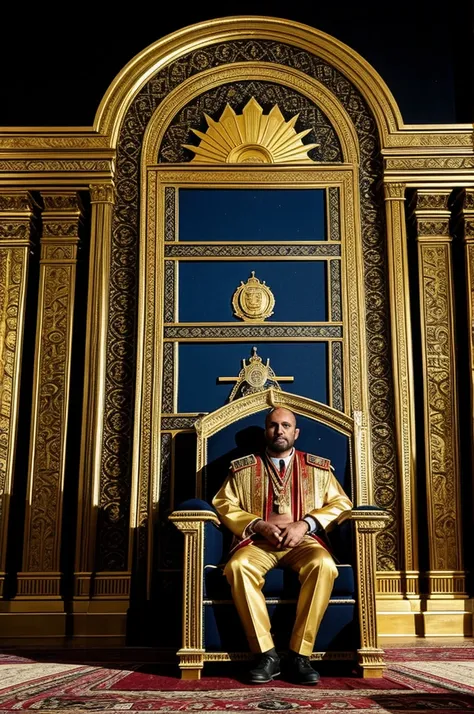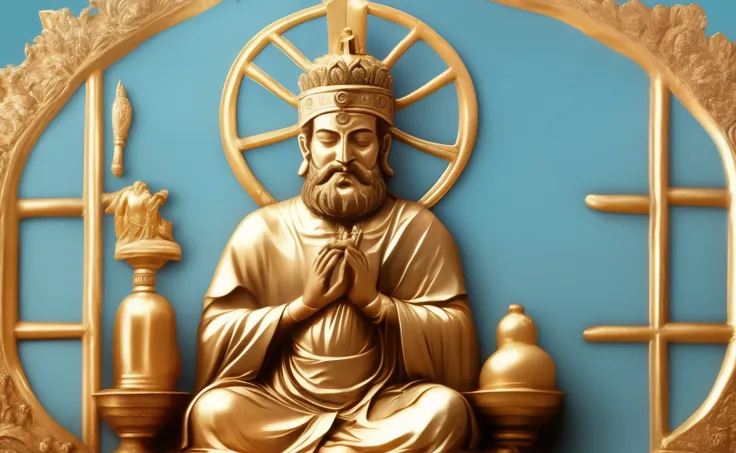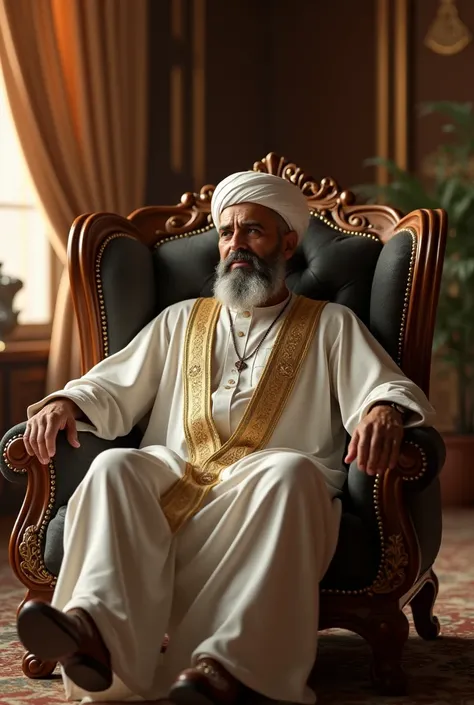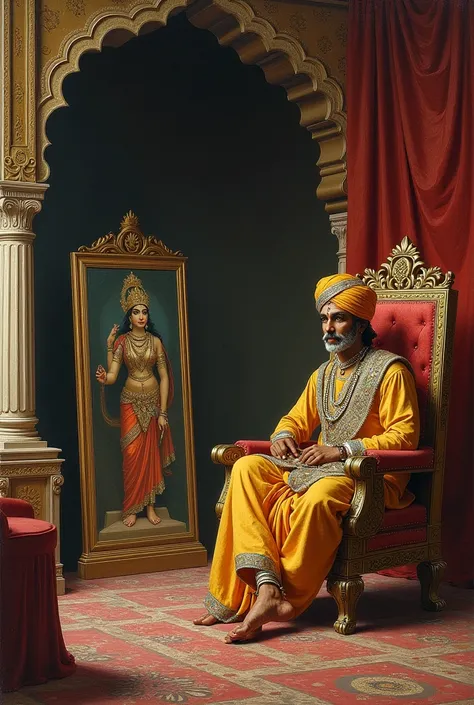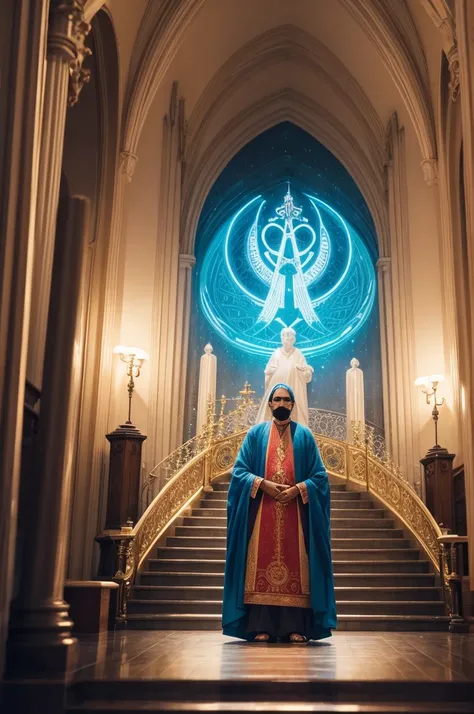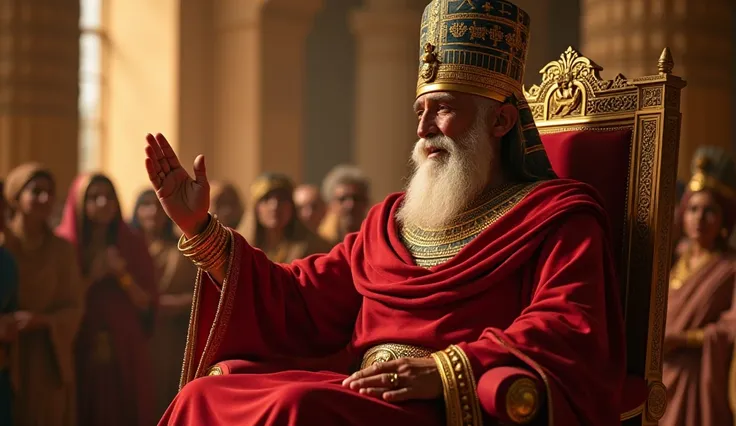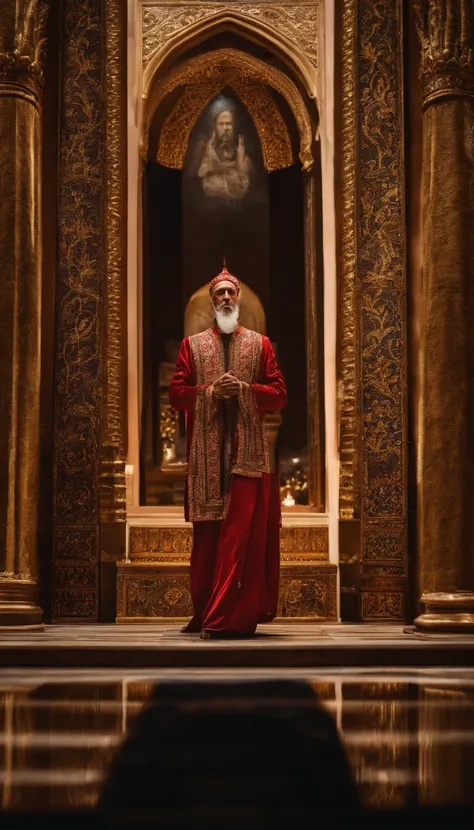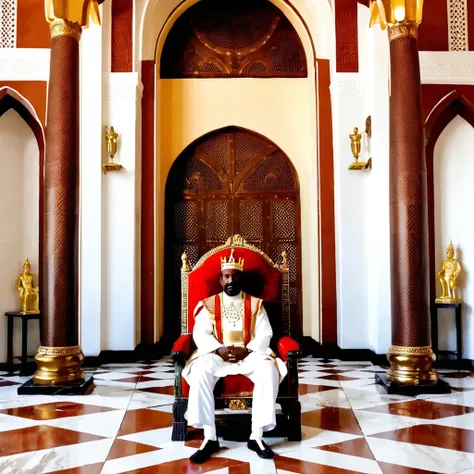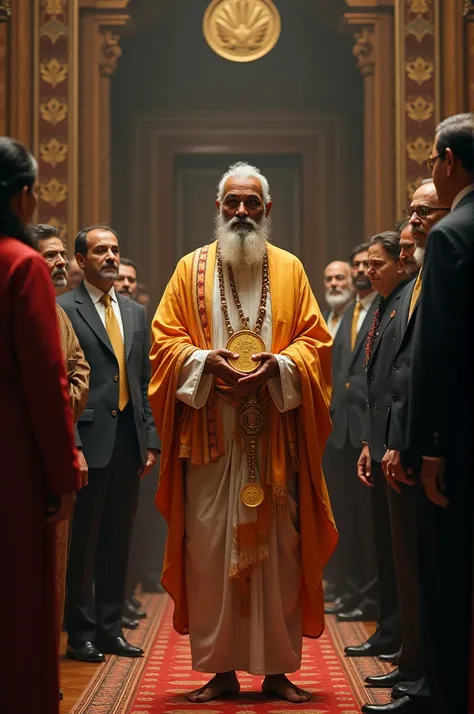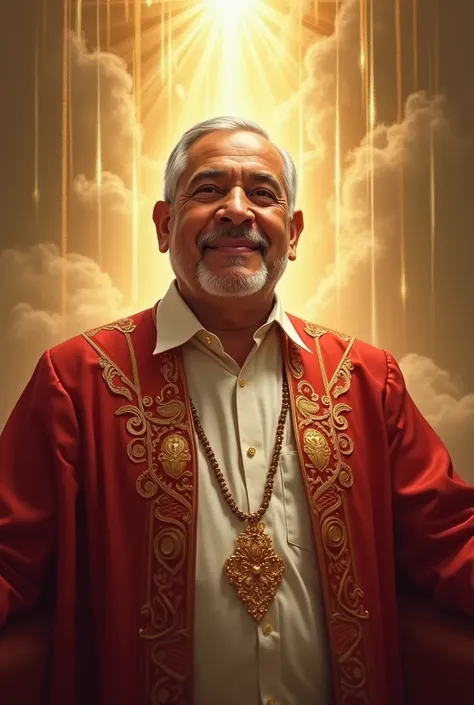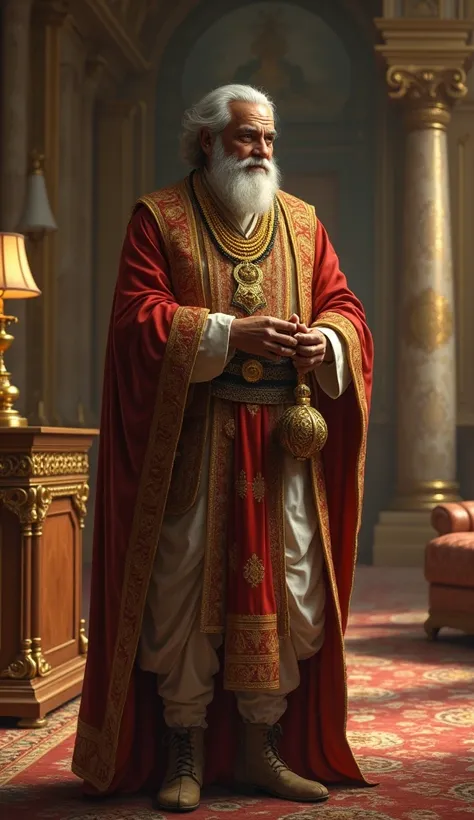Arafed image of a man in a red robe sitting in a gold chair
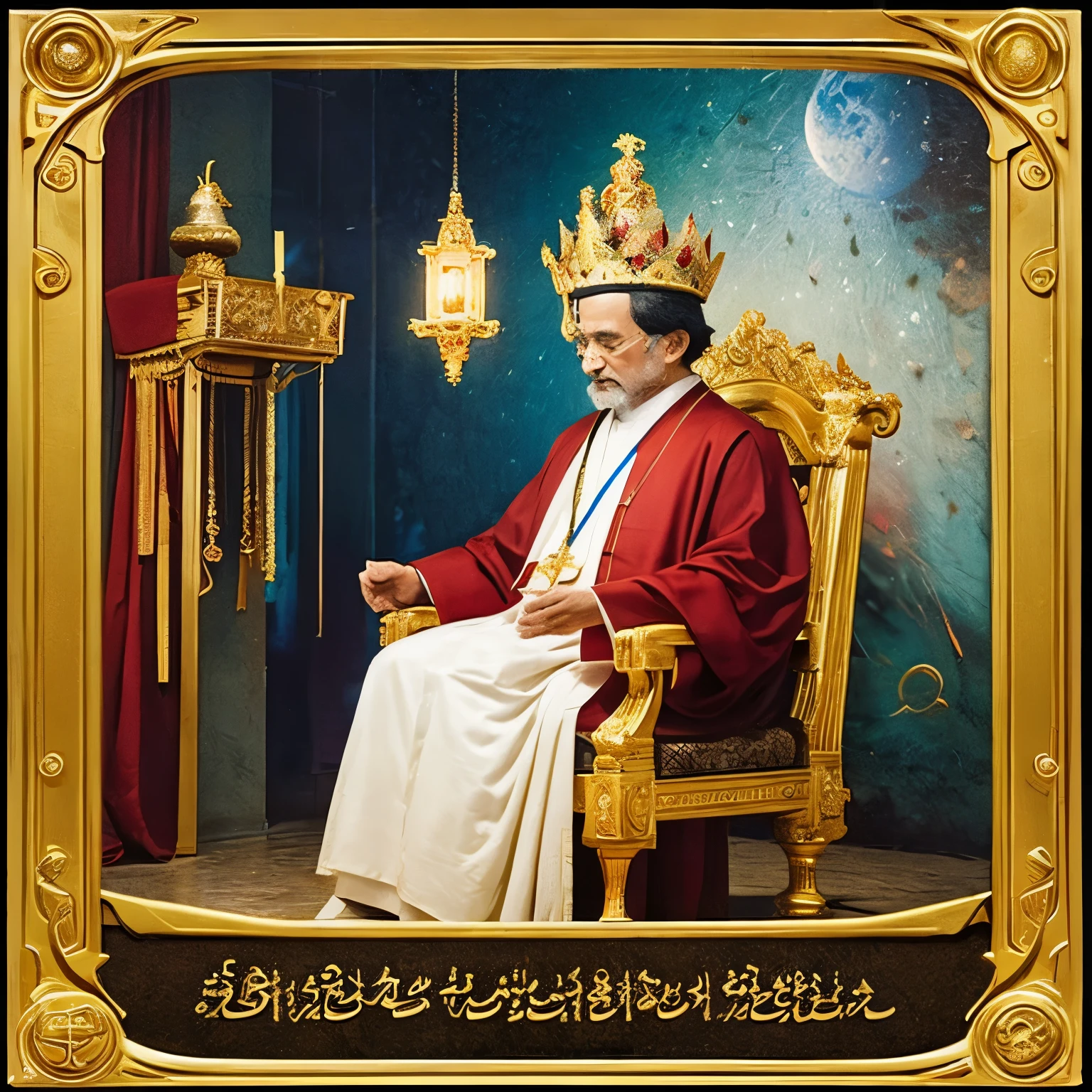
The Hierophant card in the Tarot represents tradition, spirituality, and teachings. He personifies the figure of a spiritual leader or mentor. The Hierophant is depicted as an elderly man, dressed in ceremonial robes, often in shades of white and gold. His posture is upright and solemn, conveying a sense of wisdom and spiritual authority. He wears a crown that symbolizes his role as an intermediary between the divine and the earthly. He is seated on a throne, usually adorned with sacred symbols, representing his connection to the divine mysteries. In one hand, he holds a scepter or crosier, representing his role as a spiritual guide. In his other hand, he makes a gesture of blessing or teaching, symbolizing his role in imparting knowledge and wisdom. Around the Hierophant, religious or spiritual symbols such as pillars, sacred books or divine figures can be seen. These elements represent the tradition, the spiritual teachings, and the belief system to which he is connected. The Hierophant represents the search for spiritual knowledge, guidance, and connection with the divine. He reminds us of the importance of seeking teachings and guidance from reliable, established sources. He also invites us to follow the ethical and moral principles that are fundamental to our spiritual journey. This letter encourages us to seek a deeper understanding of the spiritual world and to seek the wisdom imparted by those who came before us. It also invites us to find our own voice and spiritual truth, while respecting the tradition and teachings that have been handed down to us. Upon encountering The Hierophant card, we are reminded of the importance of cultivating our spirituality, finding a spiritual guide or mentor, and following a path of spiritual growth and development. It is a card of connection to the sacred and of seeking a deeper understanding of the world beyond the physical.
Prompts
Copy
The Hierophant card in the Tarot represents tradition
,
spirituality
,
and teachings
.
He personifies the figure of a spiritual leader or mentor
.
The Hierophant is depicted as an elderly man
,
dressed in ceremonial robes
,
often in shades of white and gold
.
His posture is upright and solemn
,
conveying a sense of wisdom and spiritual authority
.
He wears a crown that symbolizes his role as an intermediary between the divine and the earthly
.
He is seated on a throne
,
usually adorned with sacred symbols
,
representing his connection to the divine mysteries
.
In one hand
,
he holds a scepter or crosier
,
representing his role as a spiritual guide
.
In his other hand
,
he makes a gesture of blessing or teaching
,
symbolizing his role in imparting knowledge and wisdom
.
Around the Hierophant
,
religious or spiritual symbols such as pillars
,
sacred books or divine figures can be seen
.
These elements represent the tradition
,
the spiritual teachings
,
and the belief system to which he is connected
.
The Hierophant represents the search for spiritual knowledge
,
guidance
,
and connection with the divine
.
He reminds us of the importance of seeking teachings and guidance from reliable
,
established sources
.
He also invites us to follow the ethical and moral principles that are fundamental to our spiritual journey
.
This letter encourages us to seek a deeper understanding of the spiritual world and to seek the wisdom imparted by those who came before us
.
It also invites us to find our own voice and spiritual truth
,
while respecting the tradition and teachings that have been handed down to us
.
Upon encountering The Hierophant card
,
we are reminded of the importance of cultivating our spirituality
,
finding a spiritual guide or mentor
,
and following a path of spiritual growth and development
.
It is a card of connection to the sacred and of seeking a deeper understanding of the world beyond the physical
.
INFO
Checkpoint & LoRA

Checkpoint
Beautiful Realistic Asians
#Realistic
0 comment
0
0
0








